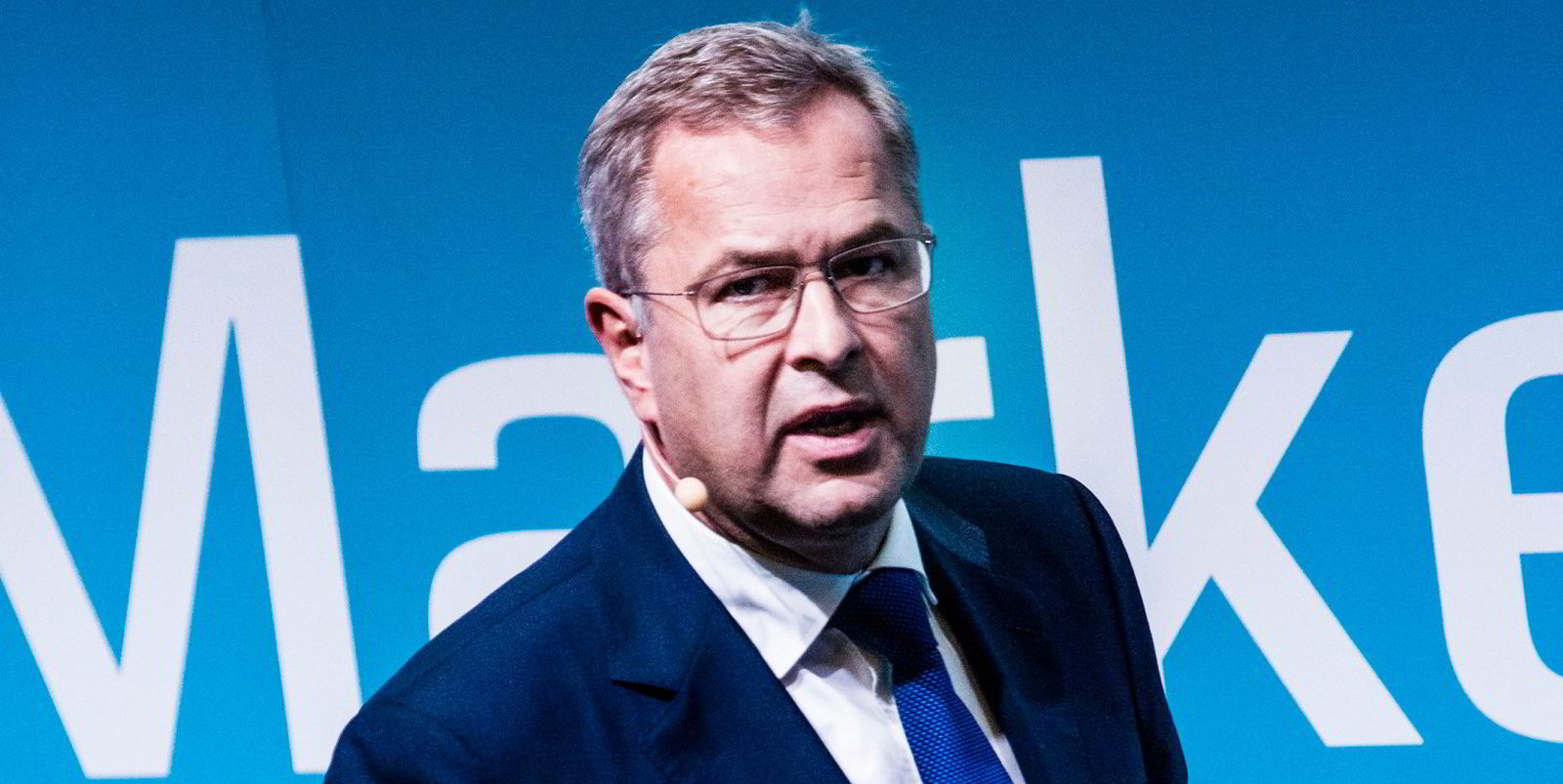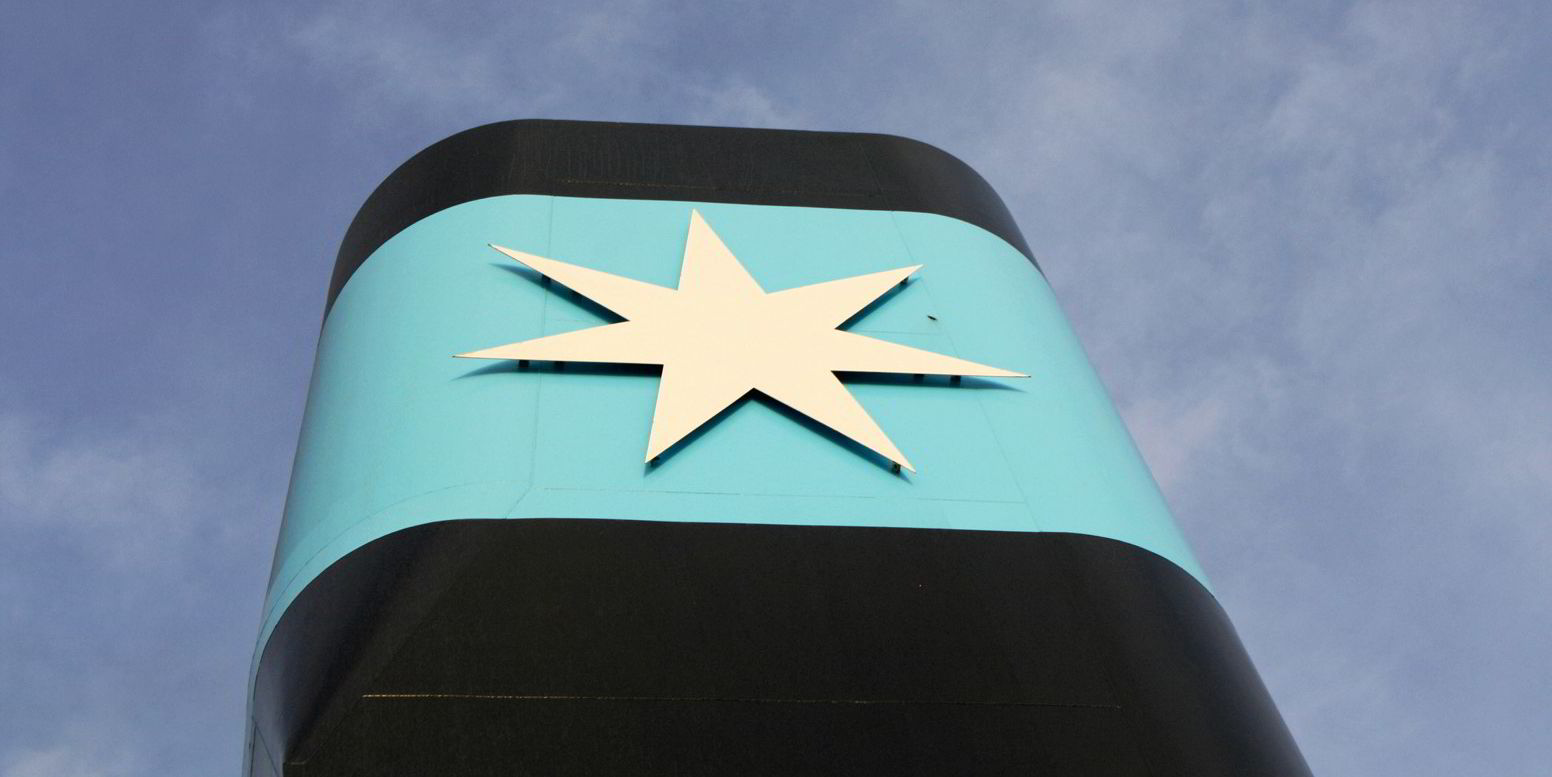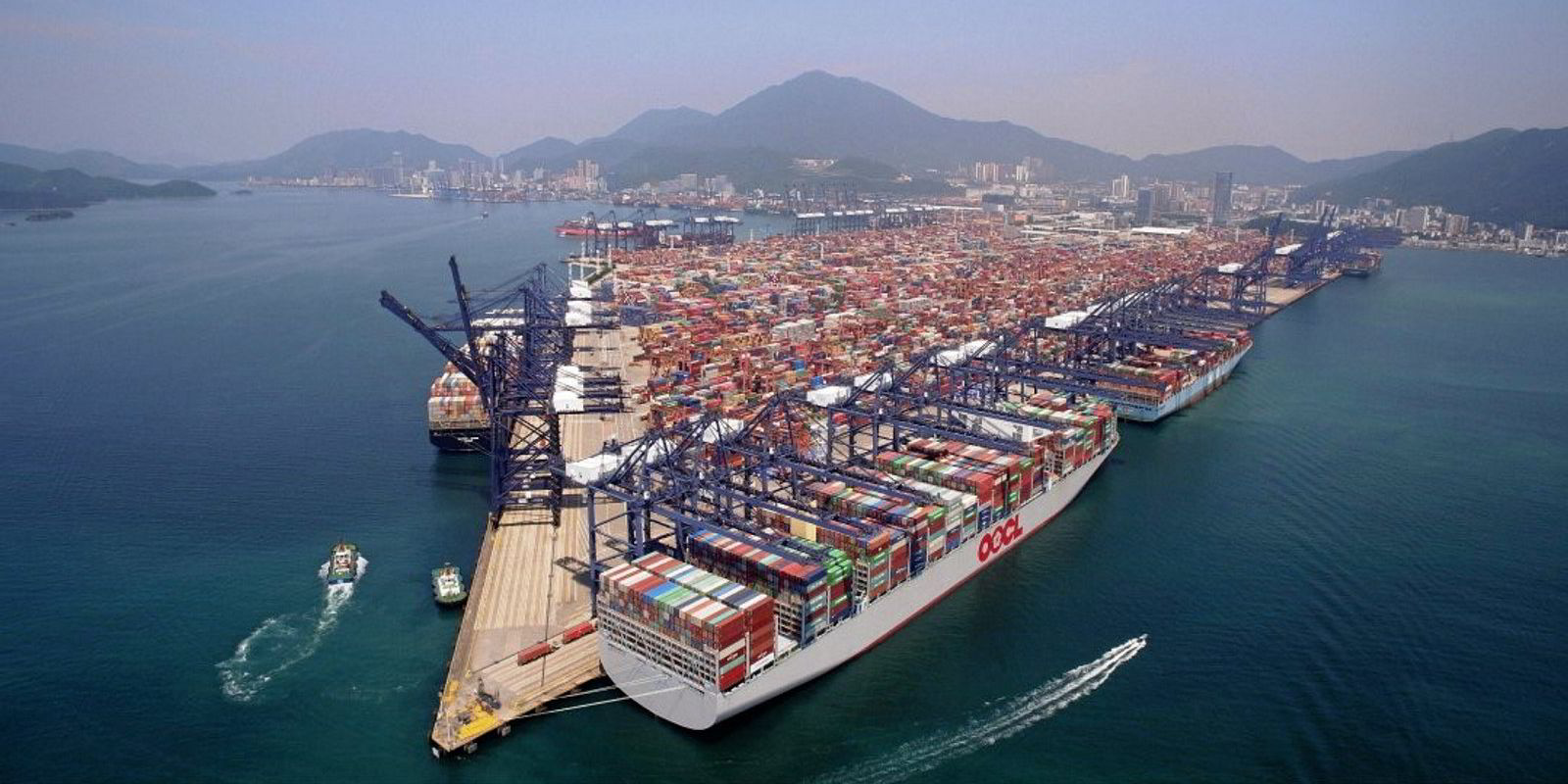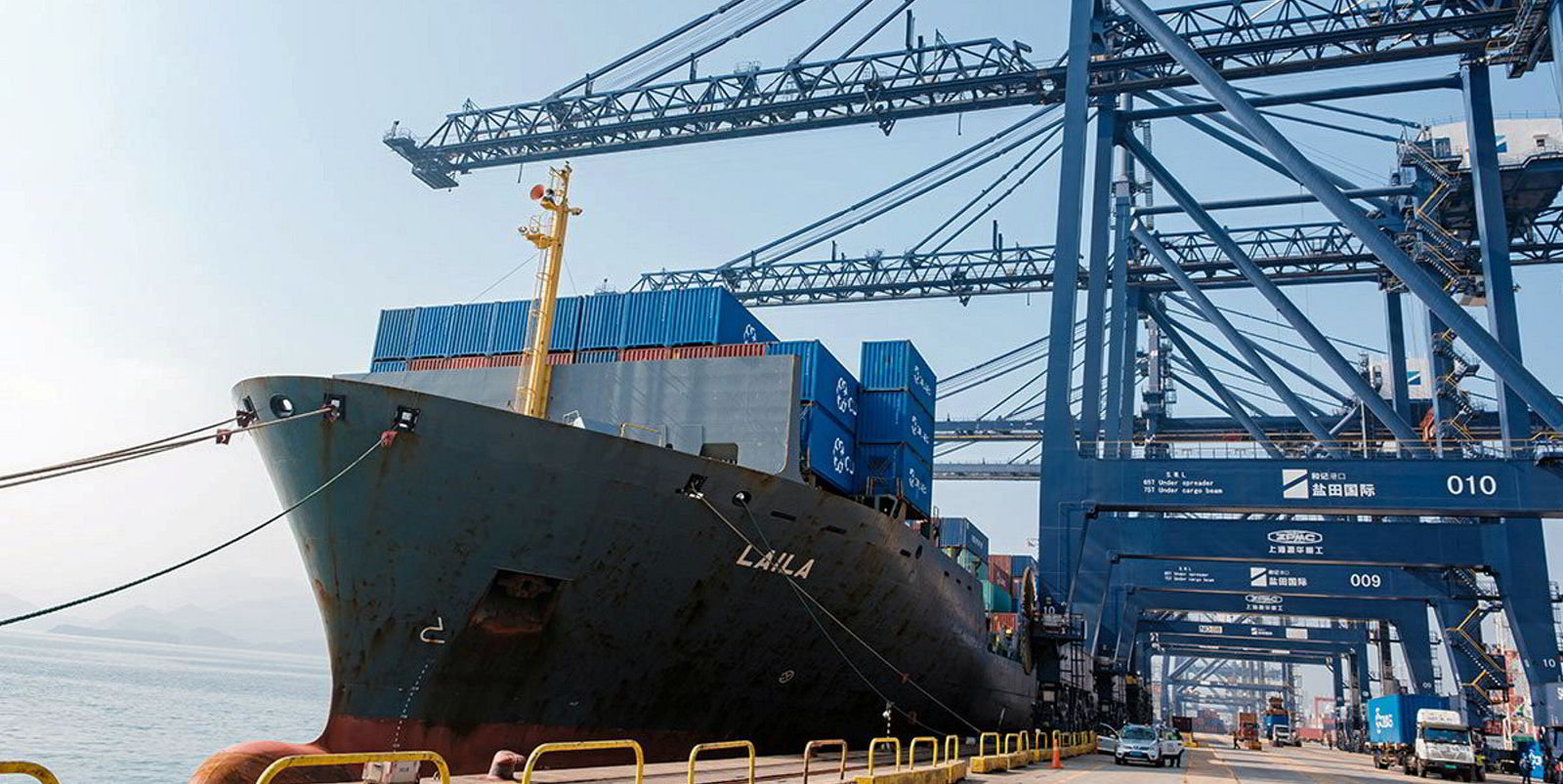Long-term container freight rates are rising faster than ever.
The contract rate surged by a massive 28.1% in July, the largest ever monthly increase, according to the Xeneta Shipping Index (XSI).
The hike eclipses the previous record set in May 2019, which registered an 11.1.% increase.
“This is a truly breathtaking development,” said Patrik Berglund, chief executive of Oslo-based Xeneta.
“We’ve seen a combination of high demand, under capacity and supply chain disruption driving rates ever higher this year, but nobody could have anticipated a hike of this magnitude."
"The industry is in overdrive,” he said.
Redress the balance
Freight rates are rising on the back of demand, vessel delays and a resulting shortage of capacity.
That has helped push up long-term rates by 76.4% in 2021, according to the XSI.
Shippers are likely to have to live with the problem in the short term, analysts believe.
Reports that 300 containerships have been ordered this year to redress the balance will not solve the problem.
That is partly because most of the vessels will be delivered in late 2023 and in 2024, said Danish analyst Sea-Intelligence.
It is also because “injecting more vessels compound the bottleneck problems in ports, effectively increasing the delay time”, it added.
“The resolution has to come from solving the congestion problems on the landside."
“This does not only imply solving the congestion in the ports, but also the hinterland infrastructure related to trucks, chassis, rail, etc,” said Sea-Intelligence.
“It’s difficult to see — unless something radical transpires — any relief on the immediate horizon for the shipper community,” Berglund added.
“Quite frankly, I’ve never seen anything like it."
Europe leads the way
Long-term freight rates have risen on the back of price increases for European imports.
Contracted imports to Europe spiked by 49.1% in July, driving prices to an all-time high, according to the XSI.
That was pushed higher by the spot market, where freight rates rose to $13,000 per 40-foot equivalent units (feu).

Exports from Europe also recorded their largest ever monthly increase, up by 16%.
The Far East indices reported a record-breaking 24.2% rise in exports, while imports edged up by 7.3%.
The US figures revealed a 17.7% surge in imports, representing an all-time high.
Despite a "crazy market", long-term contracts are mostly being honoured by carriers, Berglund said.
That reflects an improvement on recent months, when the fear of rolled cargoes and broken agreements was front of mind for a stressed shipper community, he added.
“However, bear in mind that volume flexibility is totally gone, with shippers committing to maximum quantities to secure positions on board,” he said.
Rate increases underplayed
The surge in contract rates is predicted to led to further bumper profits in the second half of the year.
That led liner operators Hapag-Lloyd and Maersk last week to increase their earnings forecasts.
“For the time being carriers have the fundamentals firmly in their favour and are enjoying time in the sun,” said Berglund.
Higher revenues have also led carriers to shift more capacity to the east-west trades to benefit from booming rates, according to Alphaliner.
The share of the global cellular fleet deployed on all east-west mainline trade routes has risen from 38.5% in July 2020 to 45.9% in July 2021, it said.
There are even indications that some rate indices have been underestimating container spot rates after failing to include premiums that shippers have to pay.
That led the Baltic Exchange last week to change the formula for calculating spot rates calculated by Freightos on two transpacific container trades.
As a result, the rate index jumped to $19,237 per feu for China-to-US west coast shipments, and to $20,804 per feu for China to the US east coast.
Those rates are five to six times higher than a year ago.
Container spot rates were pushed up last week as a typhoon in Asia disrupted Chinese ports in Shanghai and Ningbo, Freightos reports.
Lockdowns in Vietnam continued to impact logistics significantly in the region.
Th increases come as peak levels of demand and additional surcharges push rates higher.









